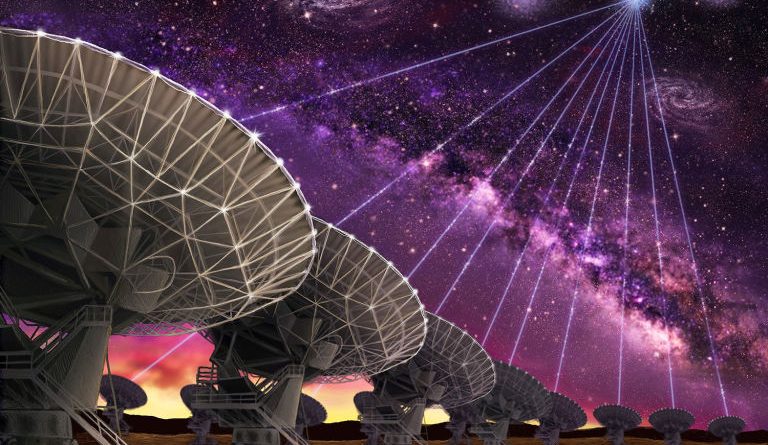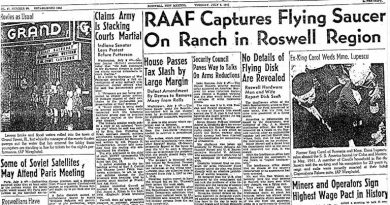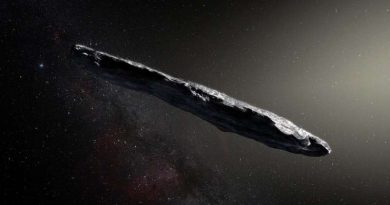15 radio bursts Detected from Alien galaxy
Breakthrough detects 15 radio bursts from dwarf galaxy; might be from ‘alien’ spacecraft
BENGALURU: In a five-hour-long observation, an Indian scientist working with the $100m Breakthrough Listen project looking for extraterrestrials has detected 15 radio bursts coming from a dwarf galaxy about 3 million light years away from earth. It is being speculated, among other things, that this is an energy source used by extra-terrestrial civilisations to power spacecraft.
Breakthrough Listen, in a statement shared with TOI on Wednesday, said: “When the 15 fast radio bursts (FRB) left their host galaxy, our entire Solar System was just 2 billion years old. Life on Earth consisted of only single-celled organisms, and it would be another billion years before even the simplest multi-cellular life began to evolve.”
Fast radio bursts, or FRBs, are brief, bright pulses of radio emission from distant galaxies. First detected with the Parkes Telescope in Australia, FRBs have now been seen by several radio telescopes around the world.
“FRB 121102 was discovered on November 2, 2012, which gives it the name (121102). In 2015, it was the first FRB seen to repeat, ruling out theories of the bursts’ origins that involved the catastrophic destruction of the progenitor (at least in this particular instance),” the statement read.
And in 2016, the repeater was the first FRB to have its location pinpointed with sufficient precision to allow its host galaxy to be identified. It resides in a dwarf galaxy about 3 billion light years away from Earth.
Since then, attempts to understand the mechanism that generates FRBs have made the dwarf galaxy a target of almost all ongoing monitoring campaigns across the world.

Dr Vishal Gajjar, a Berkeley Postdoctoral Researcher is working on the Breakthrough Listen project (Photo credit: UC Berkeley)
Breakthrough Listen, a global astronomical initiative launched in 2015 by Internet investor and philanthropist Yuri Milner and cosmologist Stephen Hawking, is also observing nearby stars and galaxies for signatures of extraterrestrial technology. Its Listen science team at UC Berkeley has added FRB 121102 to its list of targets.
“In the early hours of Saturday (August 26), UC Berkeley Postdoctoral Researcher Dr Vishal Gajjar observed the location of FRB 121102 using the Breakthrough Listen backend instrument at the Green Bank Telescope in West Virginia. The instrument accumulated 400 TB of data on the object over a five hour observation, observing the entire 4 to 8 GHz frequency band,” the statement said. Analysis by Gajjar and the Listen team revealed 15 new pulses from FRB 121102 and also confirmed that the source is in a newly active state.
“Further, the high resolution of the data obtained by the Listen instrument will allow measurement of the properties of these mysterious bursts at a higher precision than ever possible before,” the statement said, adding that the observations show for the first time that FRBs emit at higher frequencies (with the brightest emission occurring at around 7 GHz) than previously observed.



